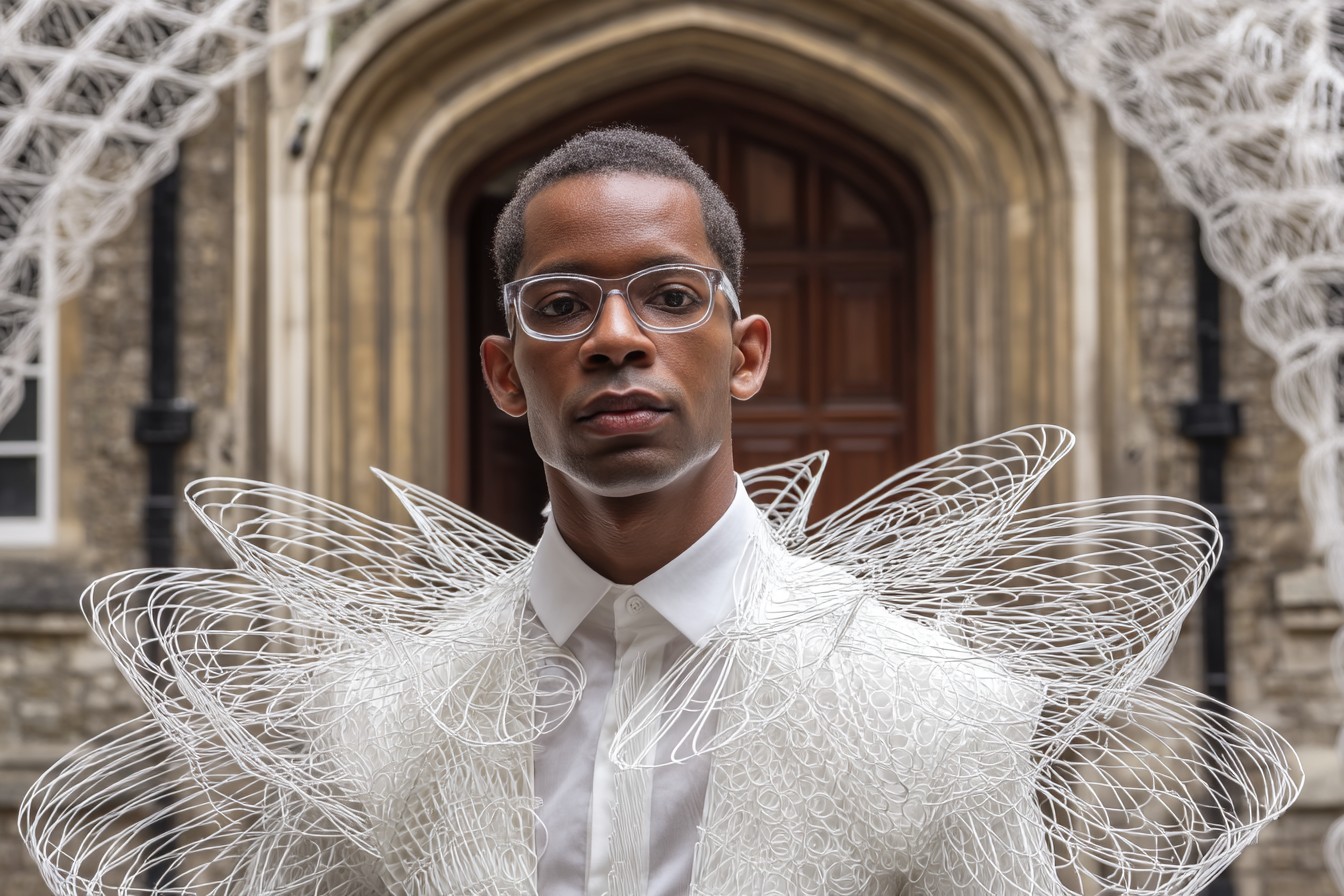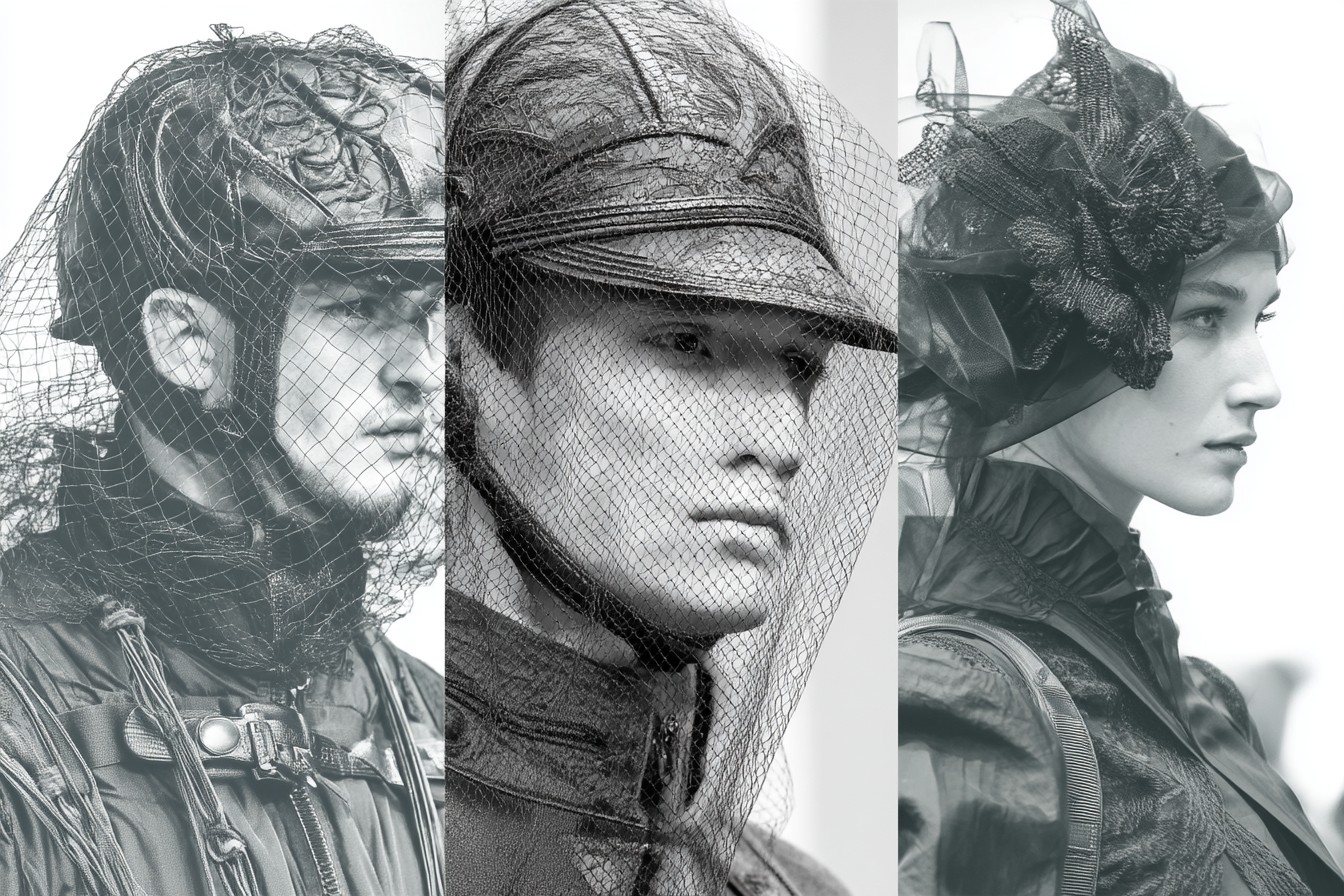If there are two words guaranteed to strike fear into the British male heart, it’s “smart casual.” Those innocuous-looking words on an invitation might as well be written in hieroglyphics for all the clarity they provide. I’ve seen grown men – successful, confident professionals – reduced to panicking teenagers before their first disco when faced with this most ambiguous of dress codes. “But what does it actually mean?” they’ll ask, rifling through their wardrobes with increasing desperation. “Will a blazer be too much? Are jeans too casual? What if everyone else is in suits?”
My inbox regularly fills with variations of this sartorial SOS, and I understand why. Smart casual isn’t just vague – it’s contextual, regional, generational, and social-group specific. What passes for smart casual at a Shoreditch tech company party would get you awkward looks at a golf club dinner in Surrey. The smart casual of a Newcastle pub is different from the smart casual of a Edinburgh literary event. It’s less a dress code and more a complex cultural indicator that reflects Britain’s enduring preoccupation with class, region, and social tribe.
I’ve been decoding this particular fashion enigma for the better part of fifteen years, and I’ve concluded that understanding British smart casual is less about specific garments and more about understanding context. So let’s break it down by setting, region, and social group – a field guide to our most confusingly vague dress code.
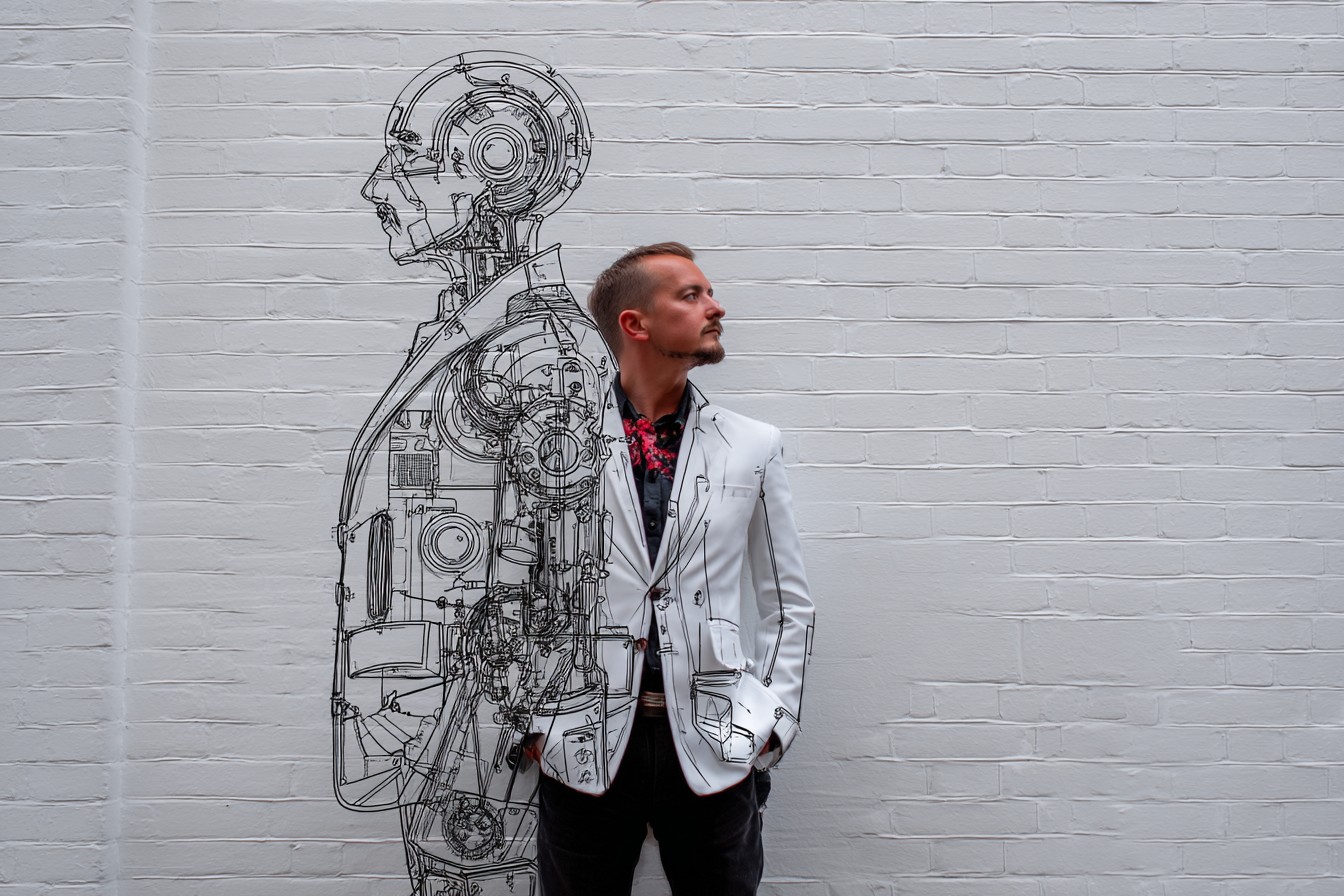
Let’s start with London, where smart casual fragments into distinct neighborhood variants. In the City and Canary Wharf – even at ostensibly relaxed events – smart casual typically leans heavily toward the smart. Think tailored trousers rather than jeans, proper shoes (not trainers), and often a blazer, though usually no tie. The financial industry might have relaxed formal office dress codes, but its version of casual still involves a level of polish that would be considered positively formal in other sectors.
I learned this the painful way at a “casual drinks reception” hosted by a major bank, where I turned up in what I thought was a perfectly acceptable smart casual outfit – quality dark jeans, a button-down shirt, and a textured blazer. I spent the evening surrounded by blokes in full suits who’d simply removed their ties and unfastened their top buttons, feeling like I’d somehow missed a crucial memo. “Casual in the City just means you can skip the tie and maybe wear brown shoes instead of black,” a friend who works in finance later explained, laughing at my naivety.
Cross into East London, and everything flips. In Shoreditch, Dalston, and surrounds, smart casual adopts a deliberate subversion of traditional dress codes. Here, making an effort often means carefully selected casual pieces – perhaps expensive Japanese selvedge denim and a perfectly cut t-shirt rather than more obviously ‘smart’ attire. The creative industries that dominate these areas have their own status symbols that often aren’t recognizable to outsiders – limited edition trainers, cult brand workwear, or vintage pieces from specific eras.
I recall a book launch in a Hackney arts venue where the most underdressed-looking people were actually wearing the most expensive and status-conveying outfits. One chap in what appeared to be a simple white t-shirt, faded jeans and battered trainers was actually sporting a combination that would have cost close to a grand, each item chosen for its specific provenance and insider credibility. Meanwhile, anyone in a conventional blazer looked like they’d taken a wrong turn on the way to a different event entirely.
West London maintains yet another smart casual code. In Chelsea, Kensington, and Notting Hill, the default tends toward what I think of as “relaxed formality” – the kind of studied effortlessness that actually requires significant effort and usually money. Think casual tailoring in luxurious fabrics, loafers without socks (regardless of weather), and the kind of subtly expensive clothes that don’t announce their cost to the uninitiated. Ralph Lauren is pretty much the uniform here, worn in a way that suggests it was casually acquired rather than carefully selected.

“I just threw this together” is the message, even when “this” is a perfect combination of faded red chinos, a cashmere cable-knit jumper, and suede loafers that have been pre-distressed to just the right level of worn-in comfort. It’s a specifically upper-middle-class approach to smart casual that communicates social position through understated quality rather than obvious branding or trendiness.
Beyond London, regional variations become even more pronounced. In Manchester – my hometown and a city with its own strong style heritage – smart casual has always had a more experimental edge. The influence of its music scene means that even in relatively formal settings, there’s room for more expressive dressing. A well-chosen vintage piece, an unusual accessory, or a more daring color combination fits within the smart casual spectrum here in a way it might not elsewhere.
Head to Edinburgh, particularly during the festival or for literary events, and smart casual takes on an academic, slightly bohemian quality. Tweed makes frequent appearances, regardless of the weather or season. There’s a certain disheveled intellectualism that’s perfectly acceptable – think cord jackets with leather elbow patches, worn with casual trousers and brogues – that would look affected or out of place in other cities.
Rural smart casual is its own distinct category, with significant regional variations but some common themes. Country pubs and restaurants often feature a version of smart casual heavily influenced by traditional British countrywear – waxed jackets, moleskin trousers, checked shirts, and proper walking shoes aren’t out of place even in relatively upmarket establishments. In fact, heavily branded urban casual wear often looks more out of place in these settings than more traditional countryside attire.
I’ve noticed this particularly in the Cotswolds, where London weekenders often look conspicuously urban in their idea of country casual, while locals blend smart and practical elements more naturally. The authentic countryside smart casual has a worn-in quality that’s hard to fake – these are often genuine working clothes elevated to social wear, rather than brand-new countryside cosplay purchased from designer shops.
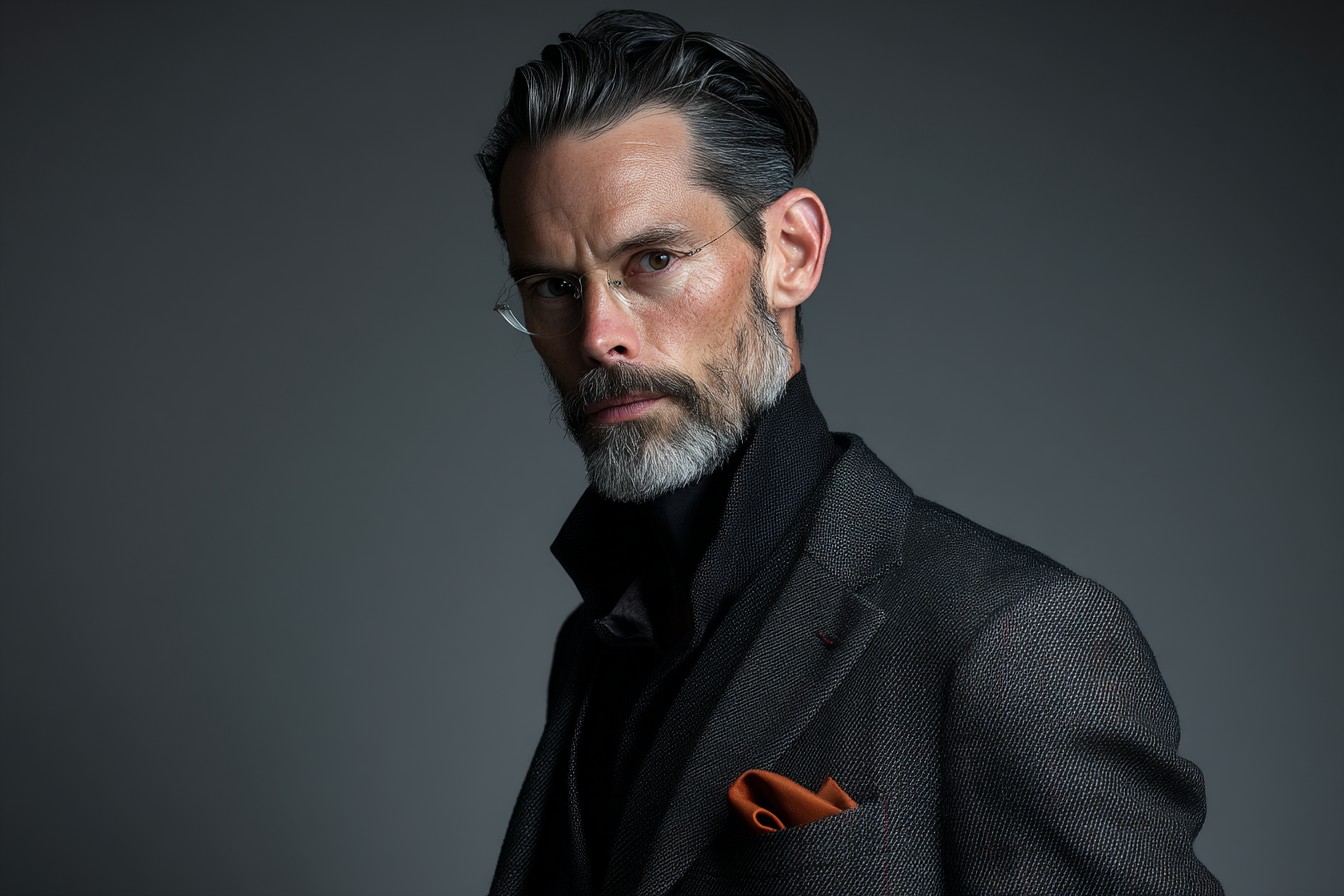
Social context matters enormously too. A family wedding with a smart casual dress code requires a different approach than drinks with colleagues or a friend’s birthday dinner. The former still demands a level of respect for the occasion – perhaps a blazer and proper trousers, even if a full suit isn’t required. The latter might allow for clean, dark jeans and a casual shirt, depending on venue and peer group.
Age plays a role too. What reads as appropriately smart casual changes significantly across generations. Men in their 50s and 60s often interpret smart casual more formally than those in their 20s and 30s, partly due to the dress codes they grew up with. I’ve attended enough “smart casual” events with my dad to witness the generational divide first-hand – his version always includes a collared shirt and often a sport coat, while younger attendees might consider a clean, quality t-shirt under a casual blazer perfectly acceptable.
This generational difference isn’t just about styles but about entire categories of clothing. For many older men, jeans – regardless of quality or style – fall firmly on the casual side of the equation and wouldn’t be considered for any event with “smart” in the dress code. For younger generations, a pair of well-cut, dark denim jeans might be a smart casual staple, perfectly appropriate for all but the most formal occasions.
Perhaps the most challenging smart casual code to navigate is that of the golf or country club. These institutions often maintain the strictest interpretations of what constitutes appropriate attire, with rules that can feel arbitrary to outsiders. A perfectly smart outfit that would pass muster at a high-end restaurant might be deemed inappropriate simply because it includes the wrong type of collar or shoe.
I once made the mistake of wearing smart chinos and a quality polo shirt to a golf club dinner, thinking I was safely within smart casual parameters, only to be quietly informed that a collared button-up shirt was expected. The specific clothes weren’t actually any smarter, but they conformed to the particular interpretation of smart casual that the club maintained – essentially a uniform masquerading as a flexible dress code.
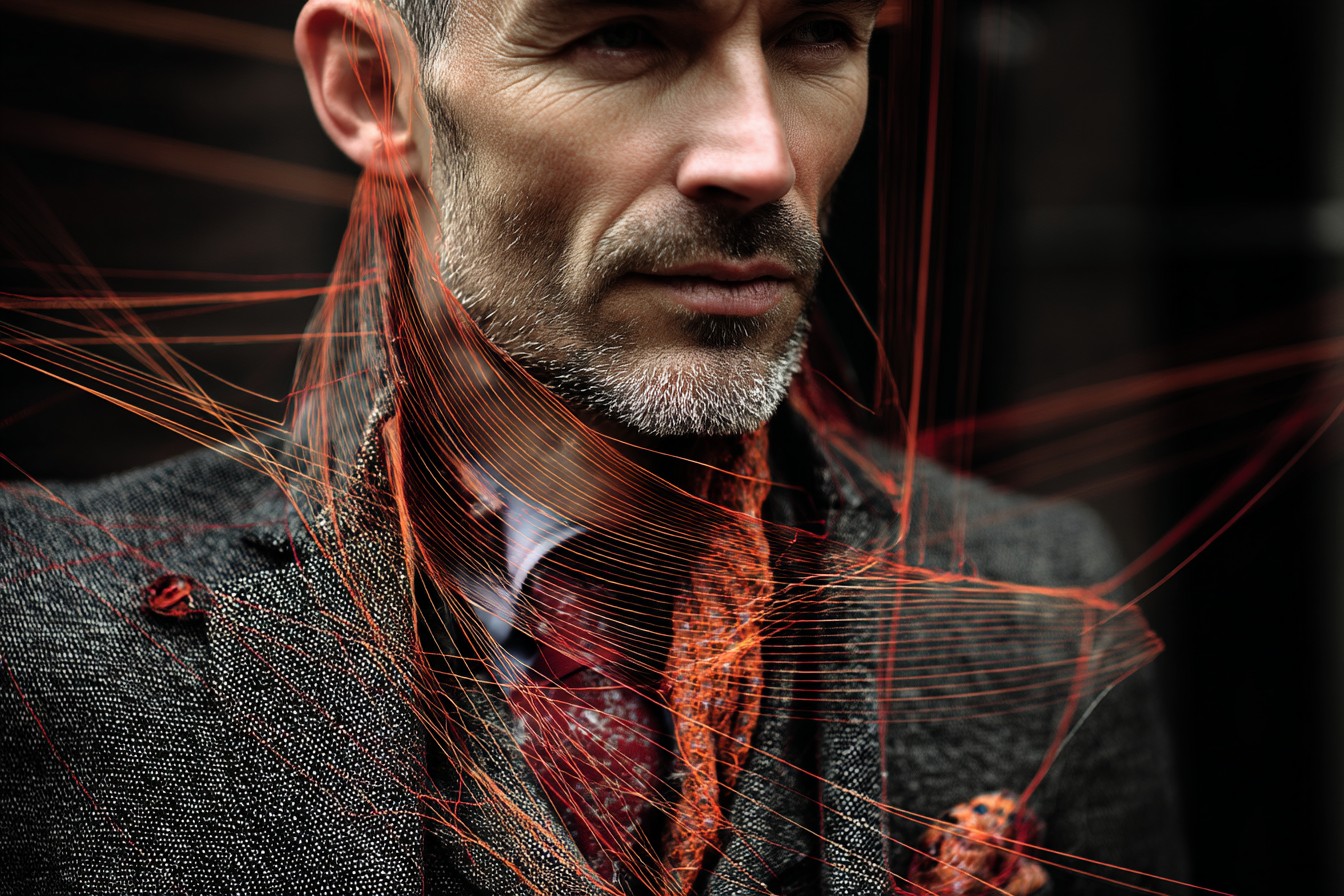
If all this sounds hopelessly complicated, that’s because it is. British smart casual isn’t really about specific garments but about demonstrating that you understand the unwritten rules of a particular social context. It’s a sartorial shibboleth – a way of identifying whether someone belongs within a specific group by their ability to interpret encoded social signals.
So what’s a man to do when faced with this most ambiguous of dress codes? After years of both getting it wrong and right (and analyzing the difference), I’ve developed some general principles that work across most contexts:
When in doubt, it’s usually better to err slightly too smart than too casual. You can always remove a blazer or tie if you feel overdressed, but you can’t conjure them from thin air if you’re underdressed.
Context provides crucial clues. The venue, occasion, time of day, and social group should all influence your interpretation of smart casual. A smart casual dinner at an expensive restaurant requires a different approach than smart casual drinks at a pub, even if the actual words on the invitation are identical.
Quality matters more than category. Well-made, well-fitted casual clothes often look smarter than cheap formal wear. A beautiful merino jumper with excellent trousers can look more appropriate than an ill-fitting blazer with shiny synthetic trousers.
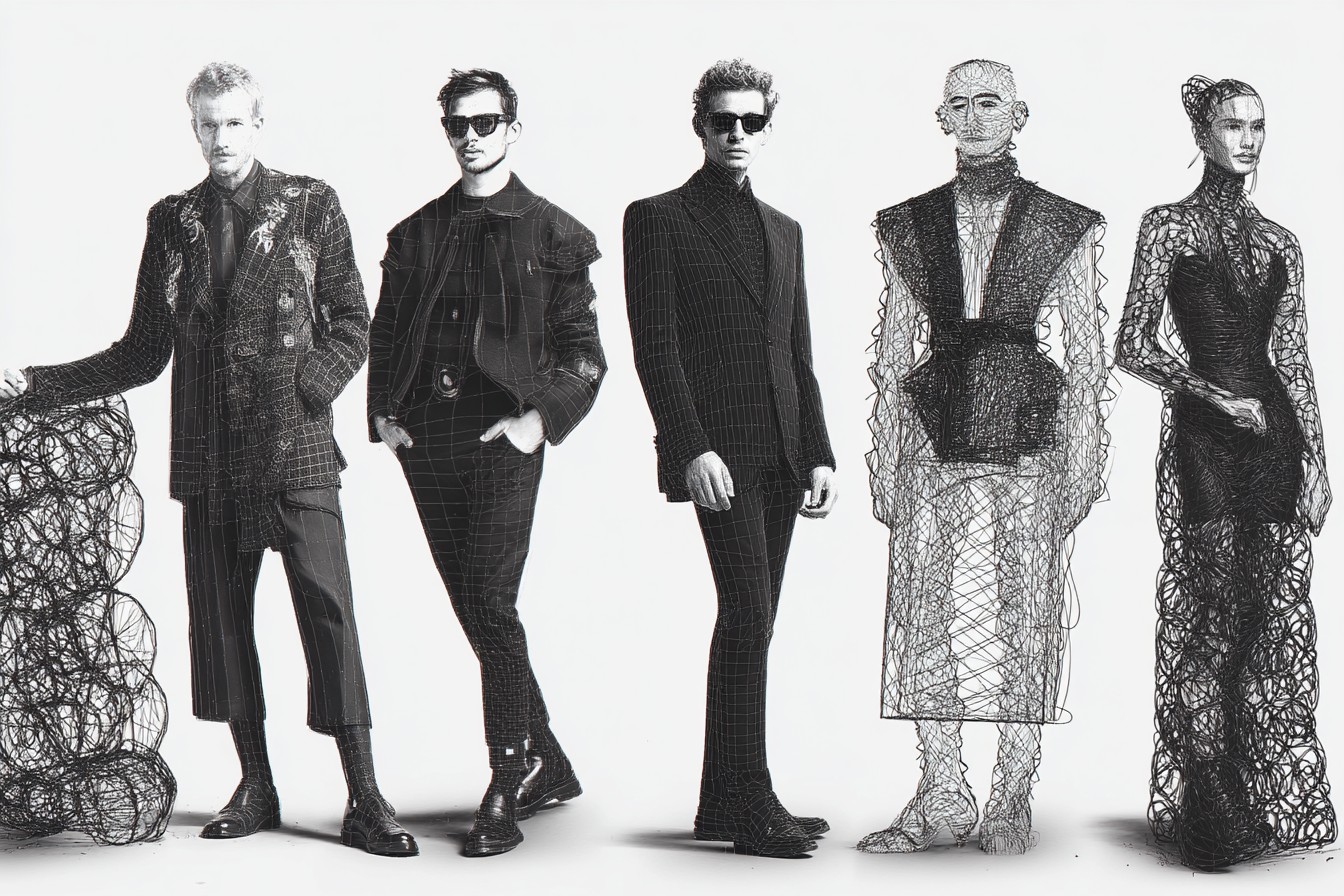
Regional differences are real. London smart casual is different from Edinburgh smart casual is different from rural Yorkshire smart casual. Observe local customs and adapt accordingly.
For a fairly safe smart casual uniform that works in many contexts, it’s hard to go wrong with good trousers (which might include dark, quality jeans in more relaxed settings), a button-down shirt, decent shoes (leather, clean, well-maintained), and a blazer that can be worn or carried as the situation demands. This basic template can be adjusted up or down the formality scale with accessories, fabric choices, and styling.
The good news is that British men’s style has generally become more relaxed over the past decade. Settings that once demanded strict formal attire now accept broader interpretations of appropriate dress. Smart casual has expanded its boundaries in most contexts, becoming more inclusive of different style approaches while still maintaining some basic expectations of effort and appropriateness.
The bad news is that this expansion of boundaries has made the term even more ambiguous. When smart casual could mean anything from “a suit without a tie” to “clean trainers with a nice shirt,” the potential for misinterpretation multiplies.
Perhaps the most useful way to think about British smart casual is not as a specific dress code but as a request to demonstrate social intelligence through clothing choices. It’s asking you to read the room, understand the context, and dress in a way that shows respect for the occasion while still expressing personal style. It’s less about specific garments and more about striking the right balance between formality and comfort, between making an effort and not looking like you’re trying too hard.
In that sense, mastering smart casual isn’t really about building a specific wardrobe of designated smart casual pieces, but about understanding the complex social codes that underpin British society and expressing that understanding through appropriate dress choices. It’s about knowing when dark jeans are perfectly acceptable and when they’d mark you as an outsider. It’s about recognizing when a blazer is essential and when it would look strangely formal. It’s about navigating Britain’s enduring class signals and regional identities through the seemingly simple act of getting dressed.
So the next time you see those two frustratingly vague words on an invitation, remember that you’re being asked to demonstrate cultural fluency, not adhere to a specific combination of garments. Smart casual isn’t a dress code; it’s a social examination. And like most British social examinations, the rules are deliberately left unwritten, the better to determine who naturally understands them.

